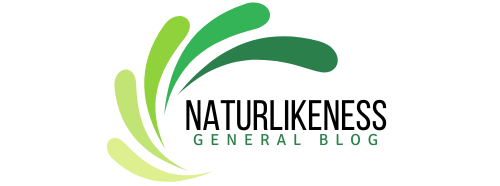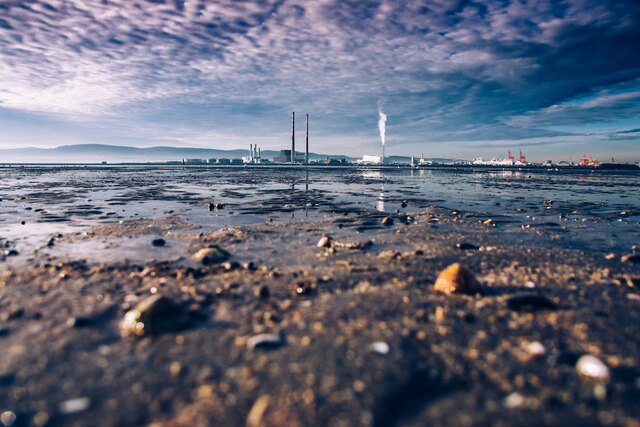Water is something you use every day. From brushing your teeth in the morning to enjoying that refreshing glass of water, it is something that sustains your life. It’s an essential part of life, and you trust that the water flowing from your tap is clean and safe.
But have you ever paused and considered what would happen when that trust is broken? When the water you rely on becomes contaminated, it can have serious legal and ethical implications. These implications extend beyond just you as they also affect the environment and the community.
In this blog, we’ll take a closer look at the legal and ethical aspects of water contamination.
Understanding Water Contamination
Water contamination is a growing concern in the United States, as indicated by a recent Statista survey. In a 2022 poll, 57% of respondents reported concerns about the pollution in their drinking water. Moreover, another 54% were deeply concerned about pollution in rivers, lakes, and reservoirs. This data highlights the pressing need for understanding the complexities of the issue and its implications.
Simply put, water contamination happens when harmful substances get into the water you use for drinking, cooking, and other daily activities. These substances can originate from various sources, including industrial waste, natural occurrences, and more. When you turn on your tap, you might not realize that the water you rely on could be carrying invisible threats.
The consequences of water contamination can be far-reaching. It can lead to health problems, from minor issues like upset stomachs to severe conditions like cancer. Beyond the health concerns, it can also harm the environment, impacting aquatic ecosystems and biodiversity.
Thus, understanding water contamination is the first step in addressing this critical issue and taking action to prevent its negative effects.
Navigating the Legal Framework
When it comes to tackling water contamination, a clear understanding of the legal framework is crucial. This framework encompasses the laws, regulations, and policies that dictate how water quality is monitored, enforced, and protected. To navigate the legal aspect, you need to grasp the fundamental principles that govern this critical issue.
One real-world example that underscores the significance of navigating the legal framework is the case of Camp Lejeune water contamination. According to TorHoerman Law, after several years of exposure to contaminated water, the victims suffered from serious health conditions. These conditions were more pronounced in women, children, and the elderly, necessitating taking legal action.
However, navigating the legal path has not been easy for the victims. For years, the affected individuals have been grappling with the legal system to seek justice and compensation.
According to estimates, the Camp Lejeune settlement amounts could range from $10,000 to $500,000 based on the individual claim. However, the chances of achieving a desired outcome become higher if victims hire a qualified lawyer.
Ethical Considerations
Ethical considerations play a pivotal role in shaping your approach to this critical issue. At its core, it’s about the moral principles that guide your actions concerning water pollution. It’s not just a matter of legality as it’s about doing what’s right for the environment and future generations.
Recent data underscores the ethical dimension of water pollution. Data shows that nearly 2 billion individuals globally rely on drinking water from sources tainted with fecal contamination.
This statistic should remind you of the ethical imperative to mitigate this global crisis. This is because access to safe and clean water is a basic human right. The data also raises questions about the disparities in access to clean water and the responsibility of governments and industries to resolve them.
Ethical considerations extend to the long-term consequences of your actions on the environment. Pollution also has far-reaching effects on ecosystems, wildlife, and biodiversity. Recognizing and acknowledging these ethical concerns is important for fostering a sustainable and responsible approach to water management and pollution prevention.
Mitigating Water Contamination Risks
Mitigating water contamination involves taking concrete actions to ensure that our water sources remain clean and safe for consumption. Here are three fundamental ways to accomplish this:
Investing in Infrastructure Upgrades
Regular maintenance and upgradation of water treatment facilities and distribution systems are essential. Based on data, the drinking water distribution network in the U.S. relies on more than 2 million miles of pipelines with limited lifespans. Investing in modernizing these systems helps reduce the risk of contamination and ensures a more reliable water supply.
Strengthening Monitoring and Regulation
Robust monitoring and regulation are critical to preventing water contamination. The U.S. Environmental Protection Agency (EPA) monitors and regulates to ensure clean water actions across the country. In 2018, the U.S. EPA and 47 states aimed to cut Clean Water Act permit non-compliance by 50% in five years.
They have successfully achieved this goal, reducing the national significant non-compliance (SNC) rate from 20.3% in 2018 to 9.0% in 2022. Strengthening these efforts worldwide is essential to proactively address contamination risks.
Promoting Public Awareness and Education
An informed public is a powerful force in mitigating water contamination risks. Raising awareness about the importance of clean water, the sources of contamination, and the role of individuals can help prevent these issues. Education campaigns, community initiatives, and access to information can empower people to make responsible choices regarding their water use.
Final Thoughts
It’s evident that water contamination isn’t just a matter of legal regulations as it’s a moral imperative. It affects every aspect, from the water you drink to the environment you cherish. As individuals, communities, and societies, you share the responsibility to safeguard this precious resource for yourself and future generations.
The challenges posed by water contamination are tough, but the solutions are within your reach. Through sustainable practices and public awareness, you can mitigate contamination risks and move towards a future where safe water is a reality for everyone.

